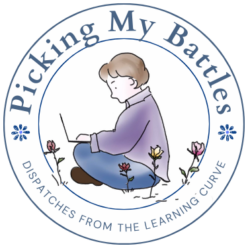One of the disadvantages of living in an earth sheltered house is that a lack of planning can cause unusual conundrums.
Today was the the perfect example. I was pulling things out of the fridge for dinner and noticed that we were out of propane. It is fall, and in our old colonial farmhouse I would have automatically fired up the woodstove and made a stew. Our current woodstove is even better for these situations – its massive oven and cooking surface make me feel like Ma Ingalls whenever I start it – but wasn’t the perfect solution in this house in this weather.
It’s jacket weather outside, but between the low-hanging sun blasting our house with heat and the three feet of earth on three sides keeping it in, the house was already 71 with no additional help. Lighting a fire hot enough to cook with would not have made the place more comfortable.
So now it’s 6:15 PM, and I’m standing in the kitchen of our earth-friendly, earth-sheltered house trying to decide between making sandwiches or doing the ultimate ‘un-green’ thing by opening all the windows and building a fire. I’m rationalizing – it’s going to rain tomorrow and the fire will give us hot water, so it’s not a total waste.
I’ve stopped pretending that our off-grid lifestyle is as environmentally altruistic as it is self-serving, but we do like being green when we can . Sometimes, though, figuring out how to do the green thing and still get dinner on the table and homework checked can be a real head-scratcher. I was still scratching my head when the Big Guy waltzed in the door and announced he had finished switching the tank on the stove. Tonight getting dinner on the table without wasting our wood heat became the green thing.


